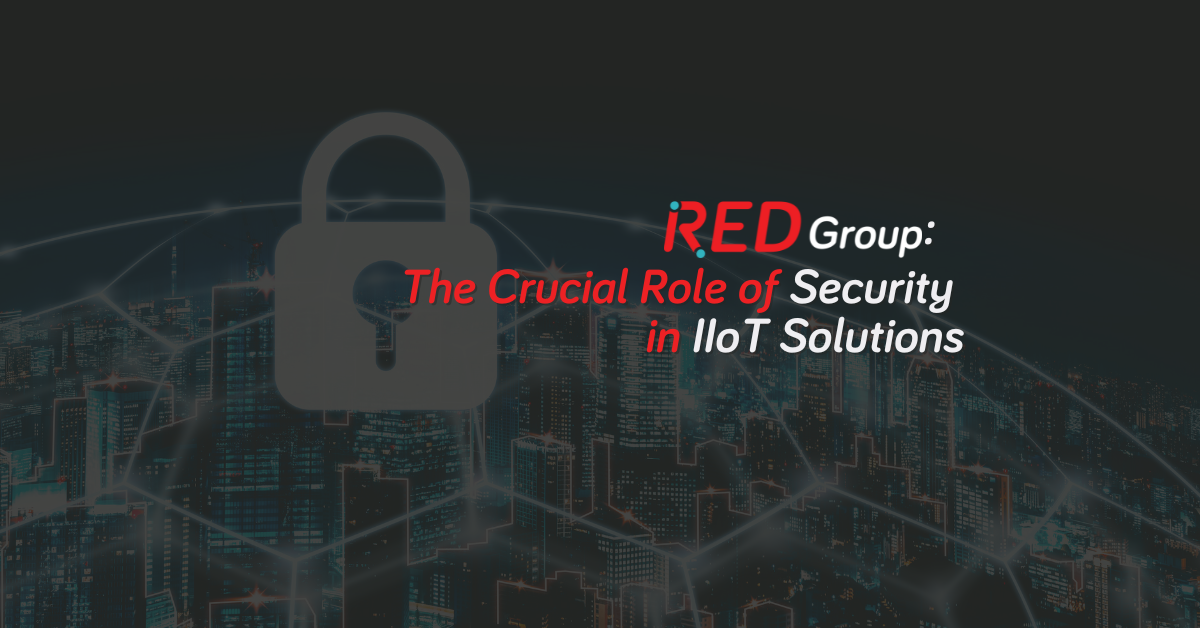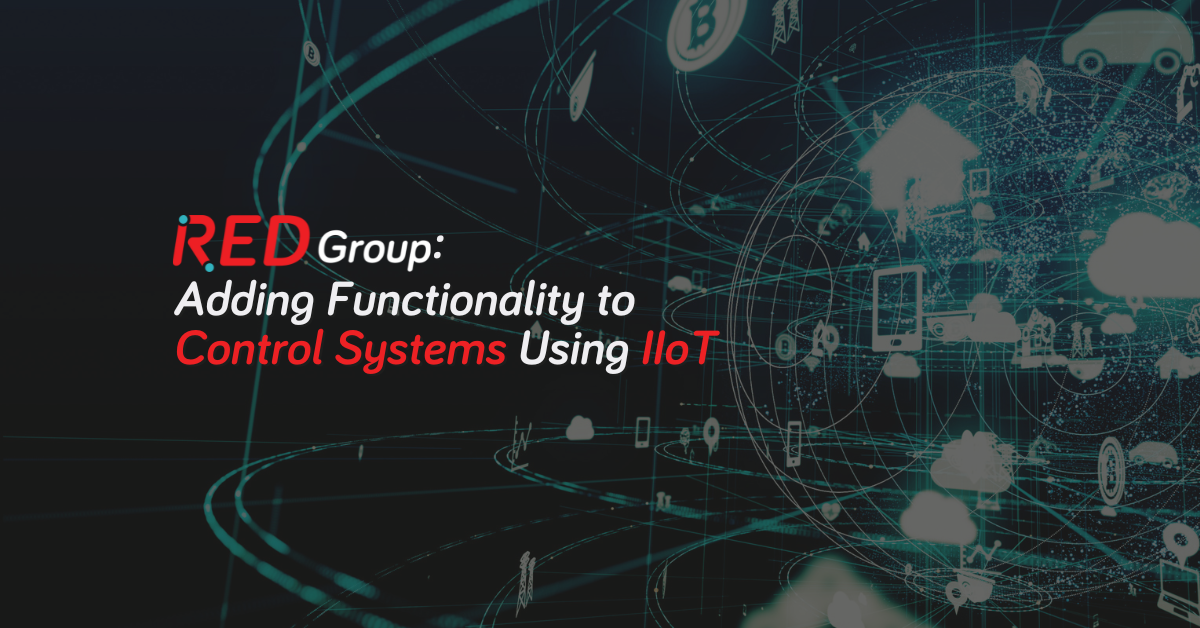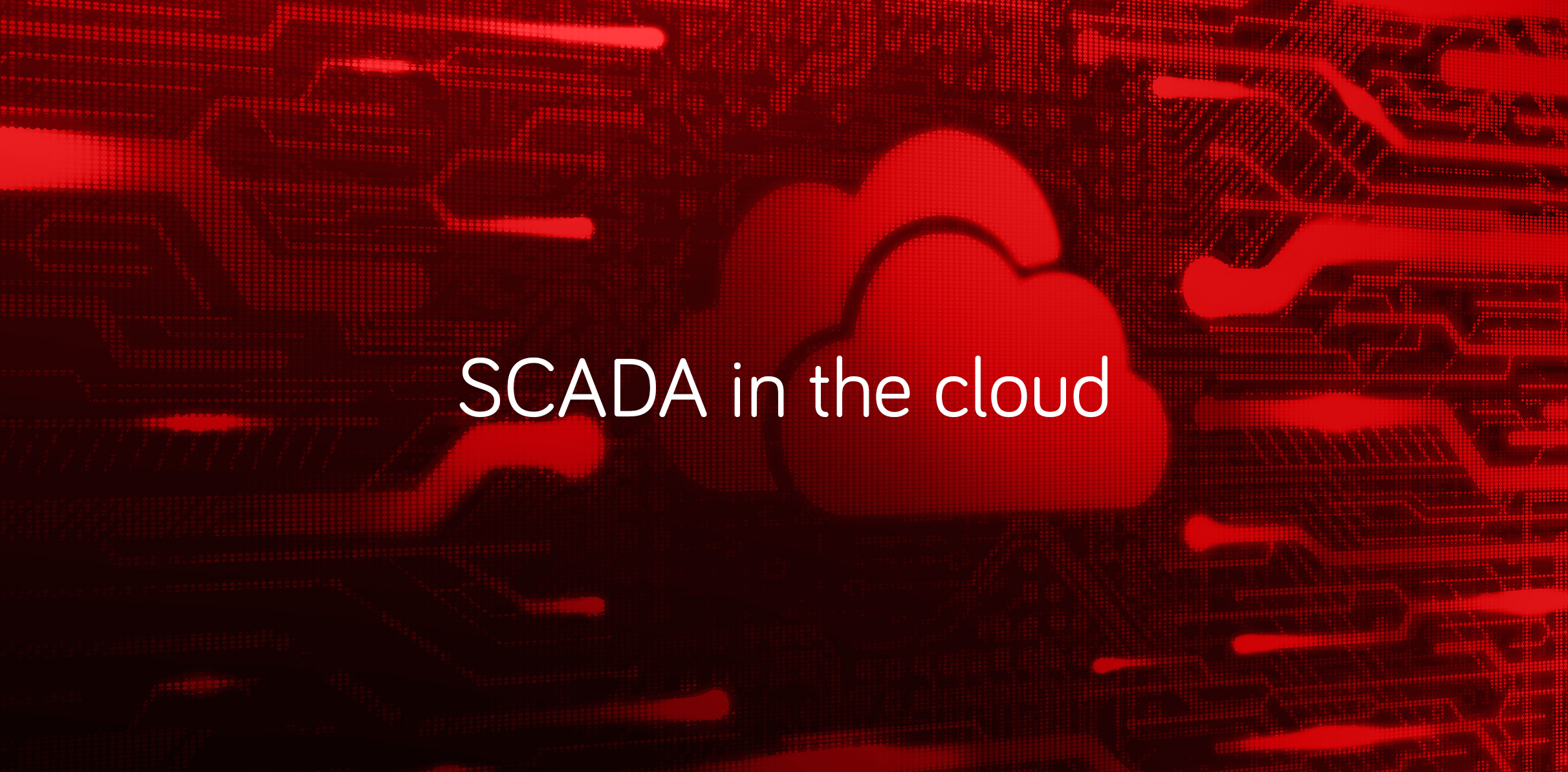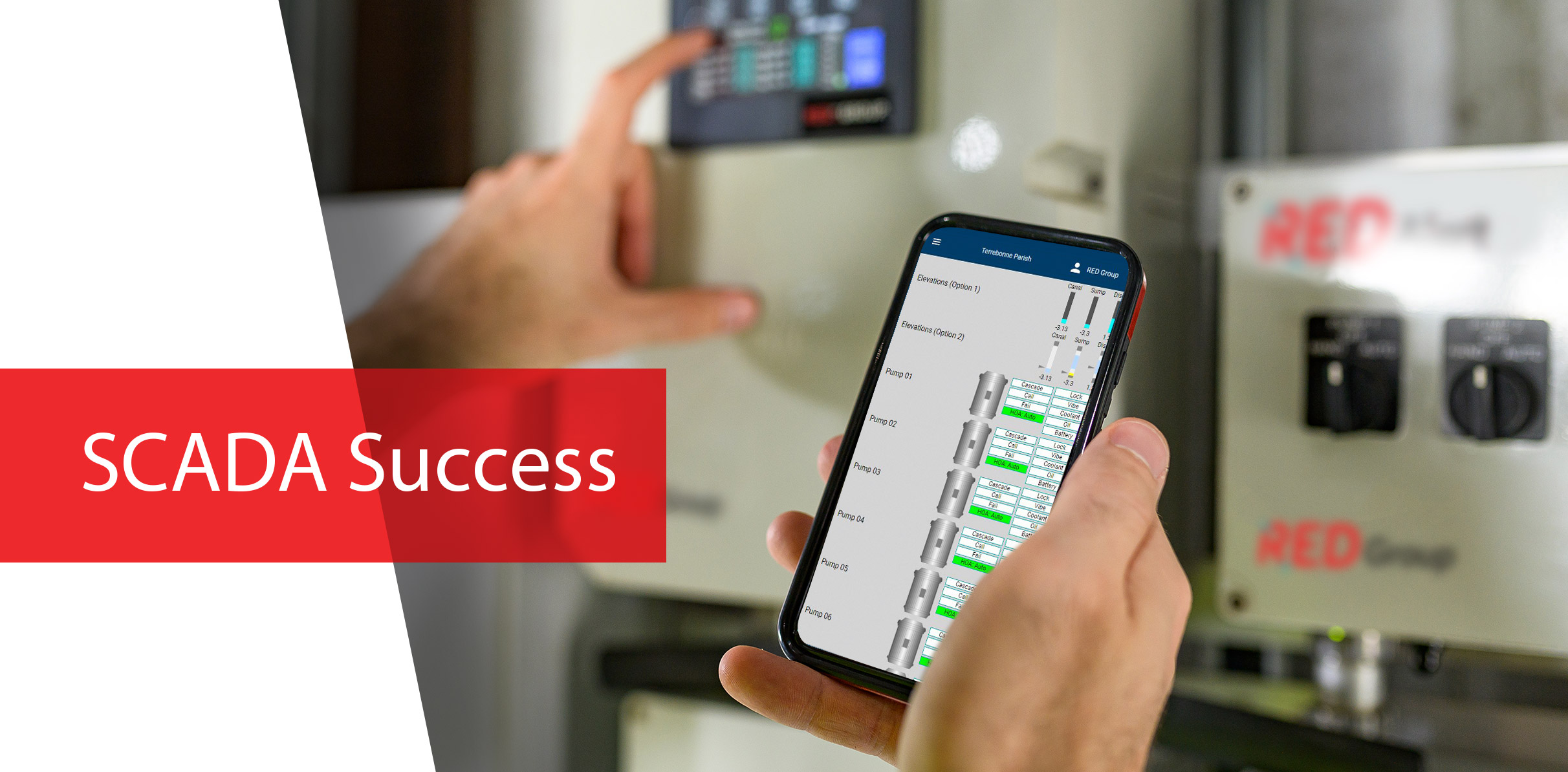
Written by Blake Cole, ICS Consulting Manager, Louisiana
In the rapidly evolving landscape of industrial technology, the journey towards Digital Transformation is not just a trend; it’s an essential progression businesses must embrace to stay competitive within their industries. But navigating this transformation can be daunting.
In this blog post, we will guide you through a practical, iterative approach to digital transformation, focusing on enhancing operational efficiencies and ensuring safety. You’ll learn about the key steps and considerations for beginning your digital transformation journey, from manual instrumentation and local insight to leveraging historical data for predictive maintenance. Join us as we explore how to strategically implement these changes to optimize your operations and safeguard your equipment.
From a Run-to-Failure Mindset to Condition Monitoring for More Informed Decisions
The starting point for many organizations is manual monitoring. This involves periodically examining the condition of the industrial equipment by taking manual readings with monitoring devices, such as infrared thermometers or handheld vibration meters. While this method sets the groundwork for understanding the equipment’s behavior, it is time-consuming and relies heavily on operators to detect anomalies. This approach poses risks to both operational efficiency and safety, highlighting the need for a more integrated solution.
1. Instrumentation and Local Insight
Introducing instrumentation for local readings improves the immediate accessibility of diagnostic data. Operators can quickly assess equipment conditions through indicators for temperature, pressure, level, and vibration. This development marks a step towards greater efficiency, though it still depends on physical rounds and manual intervention for anomaly detection.
2. Local Condition Monitoring: A Leap Forward
The integration of a Local HMI and PLC System transforms the monitoring process. This setup improves operational efficiency by allowing operators to gain real-time insights into equipment conditions across multiple units, with alarms signaling out-of-tolerance measurements. Additionally, safety measures can be enhanced by implementing automated shutdowns when an abnormal condition exists; however, with a dependency on manual resets, these shutdowns could lead to extended downtimes if not supervised properly.
3. Embracing Remote Condition Monitoring
Remote monitoring represents a significant advancement, offering controllers real-time visibility into the status of various pieces of equipment across multiple sites from afar. The implementation of a Remote SCADA System, complemented by camera installations and mobile notifications, ensures that both control room operators and local personnel are always in the loop when an equipment anomaly occurs. This approach not only elevates operational efficiency but also significantly enhances safety by allowing remote interventions to keep individuals out of harm’s way.
4. The Power of Historical Data
Recording historical data on instrumentation and alarms gives engineers crucial information to analyze and address issues before they escalate. This data helps focus on recurring nuisance alarms, reducing alarm fatigue and identifying opportunities to improve operational decision-making. However, this step still requires manual data review by engineers to identify impactful changes, making the process inefficient.
5. Data-Driven Maintenance and Safety Decisions
Leveraging historical data for maintenance scheduling embodies the essence of predictive analysis. With systems monitoring equipment for anomalies and reporting these issues to engineers and operators, time is used more efficiently. This proactive approach uses historical data to alert when equipment parameters are out of tolerance, enabling reliability engineers to determine the optimal timing for maintenance activities. This approach minimizes downtime, reduces waste, and significantly enhances safety by seeking to predict and prevent abnormal operating conditions.
Your Partner in Transformation
Embarking on a digital transformation journey requires a well-thought-out plan that aligns with your digital vision. Each step of this process should not only advance your operational capabilities but also integrate seamlessly into the broader system architecture. At RED Group, we specialize in guiding asset owners through this complex landscape, ensuring that technology, data, and security are interwoven into every phase of your project.
The road to Digital Transformation is both challenging and rewarding. It promises not just enhanced operational efficiencies and improved safety conditions, but also a competitive edge in the ever-changing industrial sector. To start your journey with a trusted partner, contact us today. Let us help you evaluate your system and develop a comprehensive plan for your digital transformation.
The future is digital, and with RED Group, your journey towards transformation is in capable hands. Let’s navigate this path together, ensuring a safer, more efficient, and technologically advanced operational environment.
Blake Cole, the ICS Consulting Manager at RED Group in Louisiana, possesses over 15 years of expertise in designing and implementing Industrial Control Systems across diverse industries. He specializes in delivering tailored solutions to clients, empowering them to advance their digital transformation initiatives forward.





Recent Comments